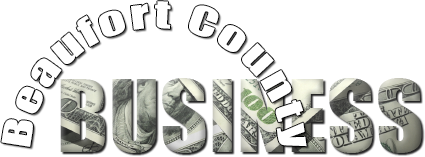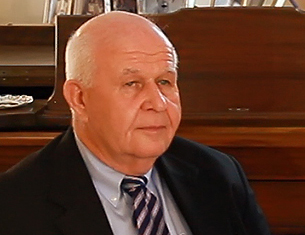Publisher's Note: This post appears here courtesy of the
John Locke Foundation. The author of this post is
Paige Terryberry.
North Carolina's unemployment rate dropped to 3.5% in March according to the latest release from the North Carolina Department of Commerce. This is lower than February's revised rate of 3.6%, yet 0.2 percentage points higher than the unemployment rate in March of last year.
According to the release,
"The number of people employed increased 15,686 over the month ... and 15,354 over the year. The number of people unemployed decreased 4,983 over the month ... and 10,914 over the year."
The national rate decreased by the same amount and shared the state's rate of 3.5% for the month of March. The unemployment rate, though important, is a lagging indicator of economic growth or decline.
The unemployment rate is calculated by a survey of households. There has been a divergence between this survey and the establishment survey, which surveys business payrolls to determine employment. As a result, a person with two jobs will count as one employed person in the household establishment but will appear on two different payrolls, inflating the employment count on the establishment survey.
The establishment survey continues to show stronger gains, signaling an increase in people taking second jobs.
Indeed, since last year the business payroll survey registered an increase of 118,000 more jobs than the household survey in North Carolina. As inflation steams ahead, and recession looms, workers may be taking additional jobs just to stay afloat.
The state's labor force participation rate plateaued again in March, matching both January's and February's rates of 60.4%. Overall, the labor force has shrunk. If the labor force participation were back to the pre-pandemic level of 61.2% our state would have 68,603 more people in the labor force.
Another negative economic indicator is found with decreasing working hours. Since last year, average work hours in North Carolina, though not seasonally adjusted, have decreased by 1.4%. This could be driven in part by people taking more part-time jobs.
Declining real wages are an added area of concern. Over the last year, average private weekly wages (not seasonally adjusted) in North Carolina have only grown 3.2% while annual inflation still remains at 5.0%.
These combined indicators reveal a grimmer picture than the unemployment rates alone. Big government policies of overspending and disincentivizing work have consequences: record inflation and a shrinking labor force. As North Carolina moves through its budget process, lawmakers have the opportunity to restrain spending and prioritize work in the state.























